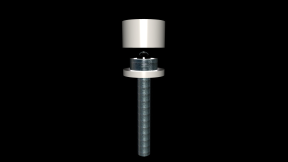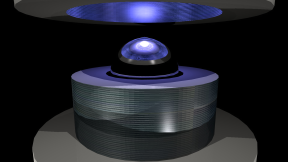Originally posted by synchro
View Post
I am gald that configuration is working so well!
Cheers,
Twinbeard


 .
.
Comment